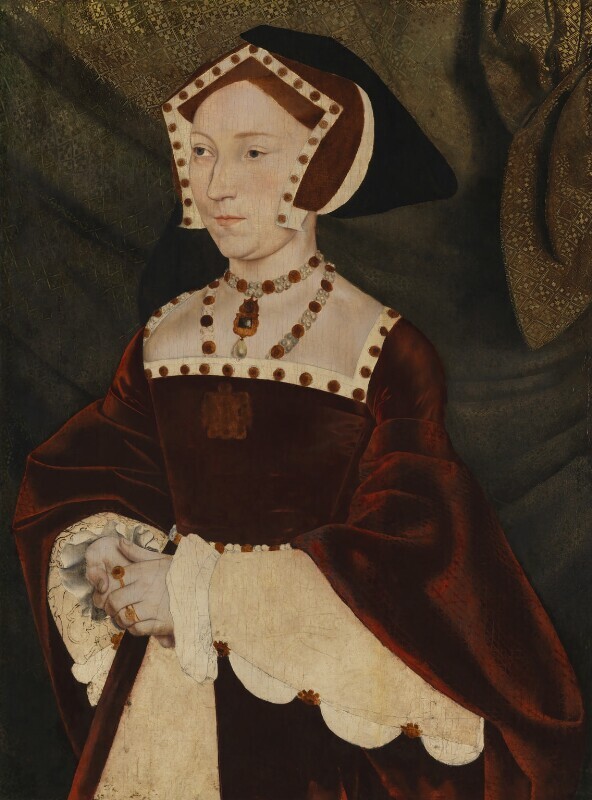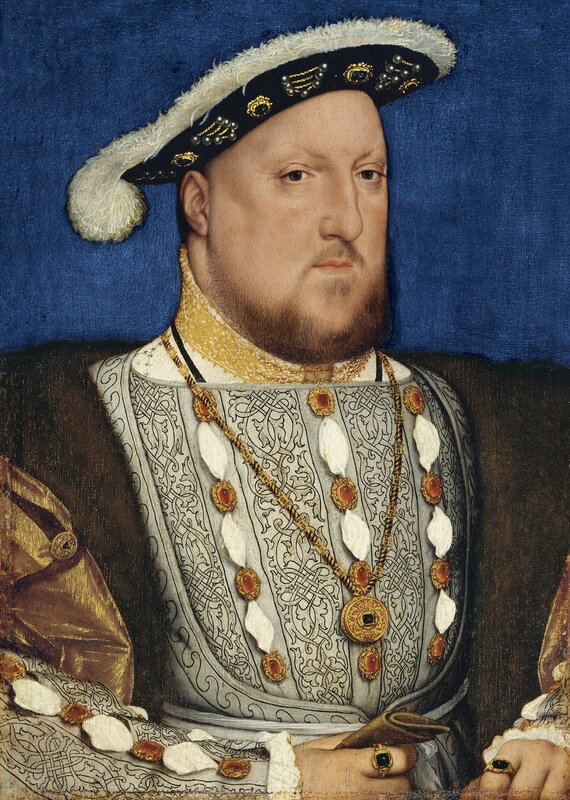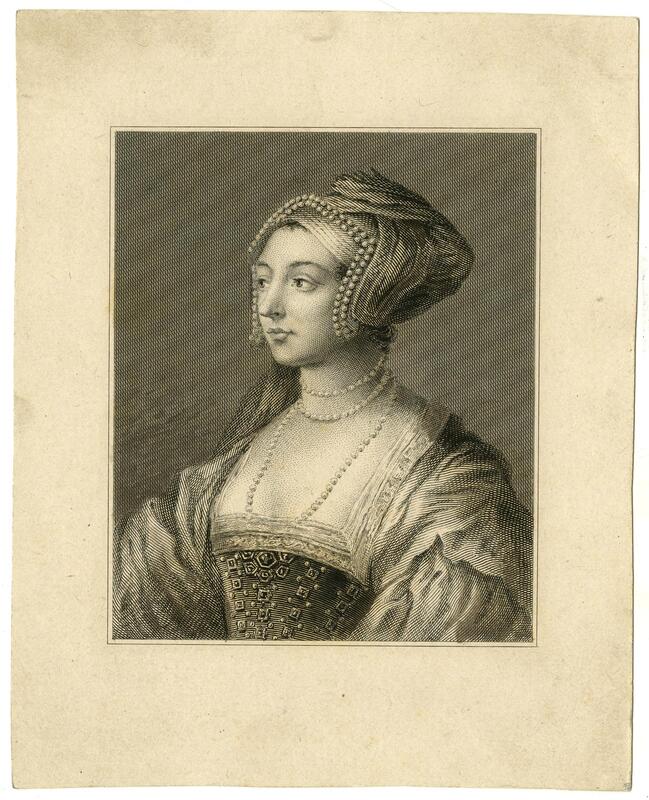Her Fall
It is debated whether Anne’s fall was gradual or quick. Some argue it happened slowly throughout the years of marriage as Henry fell out of fascination with her, she didn’t produce a male heir, and continued to be disliked amongst the English people. Due to religious and political strife, the fall was made worse with time. Whereas, Greg Walker reasons, in his article Rethinking the Fall of Anne Boleyn, it happened in the span of two days. His argument is that during the May Day weekend of 1536, Anne said something incriminating in the case against her, which made it appear as if she was confessing. If Anne had not done so or had tried harder to fight at trial, Walker claims she possibly wouldn’t have met her end with execution.
Very similar to Catherine’s story, Jane Seymour was Anne’s Anne Boleyn. Jane was originally a lady in waiting for Catherine, but then in the summer of 1533 she started working for Anne. Jane’s brother, Edward, saw she caught Henry’s attention and was prepared to help her win the king. Henry quickly began courting Jane in 1535. Like with Anne, Henry had no thoughts of marrying Jane, but simply wanted her for sex. Henry was still caught up in the scandal of his first two marriages to be contemplating another already. However, that could change if either his ex-wife or wife were to pass away. Walker brings up a good question on this matter, “Was Henry’s desire for Jane Seymour, then, the key to Anne’s fall?”
Jane can be seen in the portrait to the left. The painting portrays her rather simply in a red dress and jewelry. It is said one of the reasons why Henry was so drawn to Jane was for her plainness. She was the opposite of Anne, the woman he was slowly coming to hate. Where Anne was loud and beautiful, Jane was shy, delicate, and quiet.
Catherine fulfilled Henry’s wishes by passing away in 1536. For Anne, this meant one of her two great threats were now gone. The only thing still burdening her was that she needed to give Henry a legitimate male heir. Then, on January 29th the same day Catherine’s body was being buried, Anne miscarried a son. Henry, who can be seen in the portrait to the right looking as solemn as ever, took this as his final sign and he decided Anne wasn’t meant to be his wife. He blamed Anne for her inability to give him a son and was incredibly cruel to her. Where he put all blame on Anne and even possibly witchcraft, Anne thought his budding affair with Jane was responsible.
After the miscarriage, Henry decided he was done with Anne. Unlike with Catherine, Henry didn’t want Anne simply out his life, because he truly hated her. His obsession with her embarrassed him and she was a blow to his pride. Henry had done everything to be with her, even ruining his marriage, only for her to “fail” at the one thing he truly wanted. Therefore, Henry VIII came up with an elaborate plot to end her. If she was found guilty of an affair in addition with acts of incest, he could ruin her. Henry was able to get Jane Rochford, Anne’s sister-in-law, to testify as a witness that Anne and her brother committed incestuous acts. It was not long until Anne was imprisoned in the Tower. During this time, Henry very openly courted Jane, which surprisingly brought about public sympathy for Anne. Anne did not face a fair trail though as she was going up against an unjust king. Anne Boleyn was beheaded on May 19th 1536. She was the first queen of England to be executed. The end Henry orchestrated for Anne was unfair and merciless.


